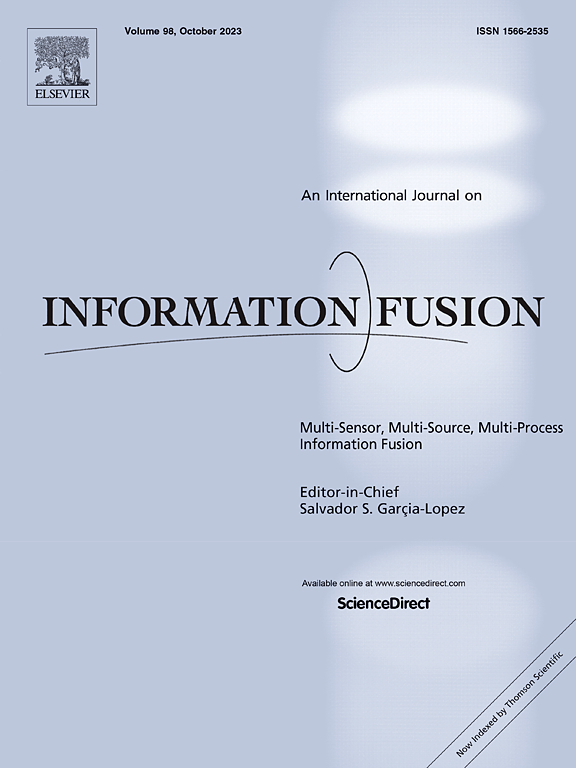Rethinking information fusion: Achieving adaptive information throughput and interaction pattern in graph convolutional networks for collaborative filtering
IF 14.7
1区 计算机科学
Q1 COMPUTER SCIENCE, ARTIFICIAL INTELLIGENCE
引用次数: 0
Abstract
Graph convolutional networks (GCNs) are popular in collaborative filtering because they have robust information fusion mechanisms. However, existing GCN-based models generally treat all nodes uniformly within a bipartite graph, such as the classic e-commerce scenario with user nodes and item nodes, which overlooks variations in node types and node information amount. Furthermore, these models rarely consider the adaptability of different information fusion methods to various user interaction patterns across different scenarios. These oversights may result in the loss of node information and inadequate representation learning, thereby potentially leading to sub-optimal model performance and efficiency. To address these problems, we propose an adaptive GCN-based model, called AdaptGCN, which handles both node and layer heterogeneity. AdaptGCN introduces a new node information fusion method to achieve adaptive information throughput according to node type and node information amount. It also has different layer information fusion methods to handle various interaction patterns across scenarios. For the node information amount, we provide the corresponding definition and explore properties for quantifying such information. Based on the quantification properties, we design a unified quantification function and develop it into an adaptive quantification method according to the characteristics of different types of nodes, which we use for node information fusion in AdaptGCN to achieve adaptive information throughput for each node. Based on this, we further propose a unified layer information fusion method to address the varying interaction patterns across different scenarios. Extensive experimental results show that AdaptGCN outperforms state-of-the-art GCN-based models in terms of both performance and efficiency.
求助全文
约1分钟内获得全文
求助全文
来源期刊

Information Fusion
工程技术-计算机:理论方法
CiteScore
33.20
自引率
4.30%
发文量
161
审稿时长
7.9 months
期刊介绍:
Information Fusion serves as a central platform for showcasing advancements in multi-sensor, multi-source, multi-process information fusion, fostering collaboration among diverse disciplines driving its progress. It is the leading outlet for sharing research and development in this field, focusing on architectures, algorithms, and applications. Papers dealing with fundamental theoretical analyses as well as those demonstrating their application to real-world problems will be welcome.
 求助内容:
求助内容: 应助结果提醒方式:
应助结果提醒方式:


